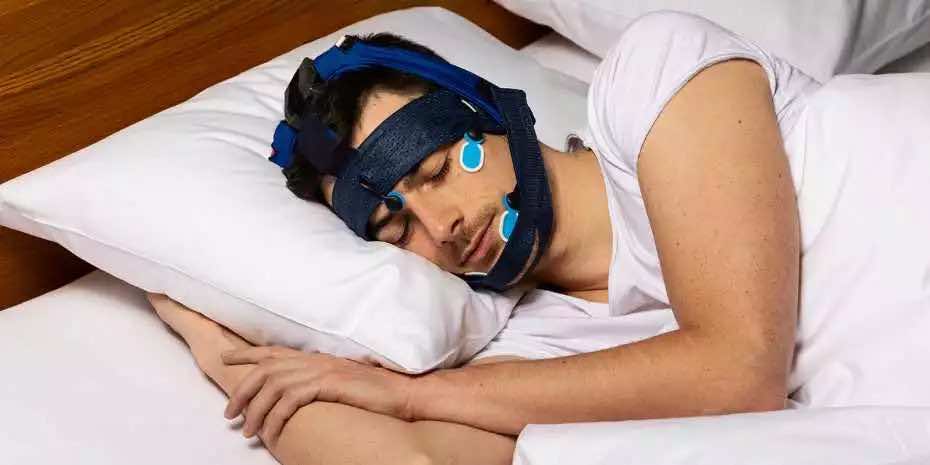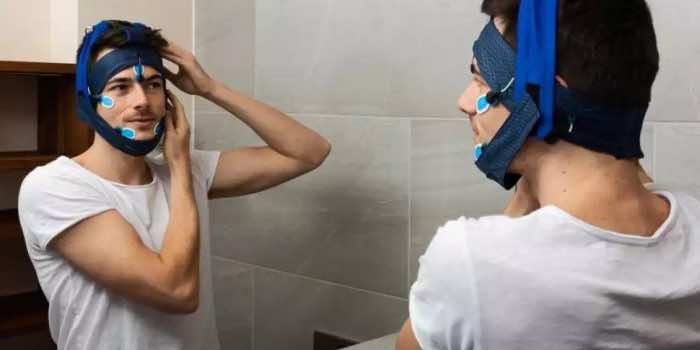Sleep is being increasingly influenced by the technological world, and as a company, it is thriving. It’s an exciting moment for invention, with a plethora of items on the market that are intended to improve sleep. Many people, particularly the aged, suffer from insomnia disorders. With aging, the sleep cycle stages, in particular, grow shorter and shorter. Deep sleep is very important for brain and memory repair and has a favorable effect on cardiovascular health. Researchers discovered that hearing perfectly scheduled tones through earbuds while sleeping can enhance the brain rhythms that characterize deep sleep, known as slow waves. While this operates well in a sleep lab under controlled settings, there is currently no at-home alternative that can be utilized for more than one night. Researchers at ETH Zurich have created a mobile device that may be used at home as part of the SleepLoop project, with the goal of promoting deep sleep through acoustic brain activation.

The SleepLoop framework consisted of a headband that is placed on before bed and carried all night. This headband is equipped with electrodes and a microchip that continuously monitor the activity in the brain of the person sleeping. The information from this is analyzed independently and in real-time on the microchip by bespoke software. When a sleeping person exhibits slow oscillations in brain activity, indicating profound slumber, the system sends out a brief acoustic amplifier (clicking). This aids in the synchronization of neural stem cells and the enhancement of slow waves. The approach is unusual in that the individual sleeping is not conscious of the sound during the sleep state
.
The participants in the research were between the ages of 60 and 80, and they were given the SleepLoop device, which they had to run on their own in their own house. The process is designed to be self-sufficient, even for users with a less technological background. “This performed well enough. “We had very minimal security breaches, and participants regarded the gadget as user-friendly,” Lustenberger adds. They wore the device every night for four weeks, with auditory activation provided nightly for two weeks and no stimulation provided for the remaining two weeks. Neither the patients nor the researchers were aware of which two weeks the audio signals were delivered and which did not. According to Lustenberger, whether an individual responded to stimulation did not rely on how they felt during the day. “Some persons reacted well to the stimuli in general and definitely showed heightened slow waves, whereas others showed no reaction, independent of their everyday health.”
The study has been published here.



